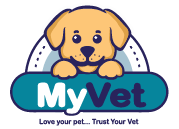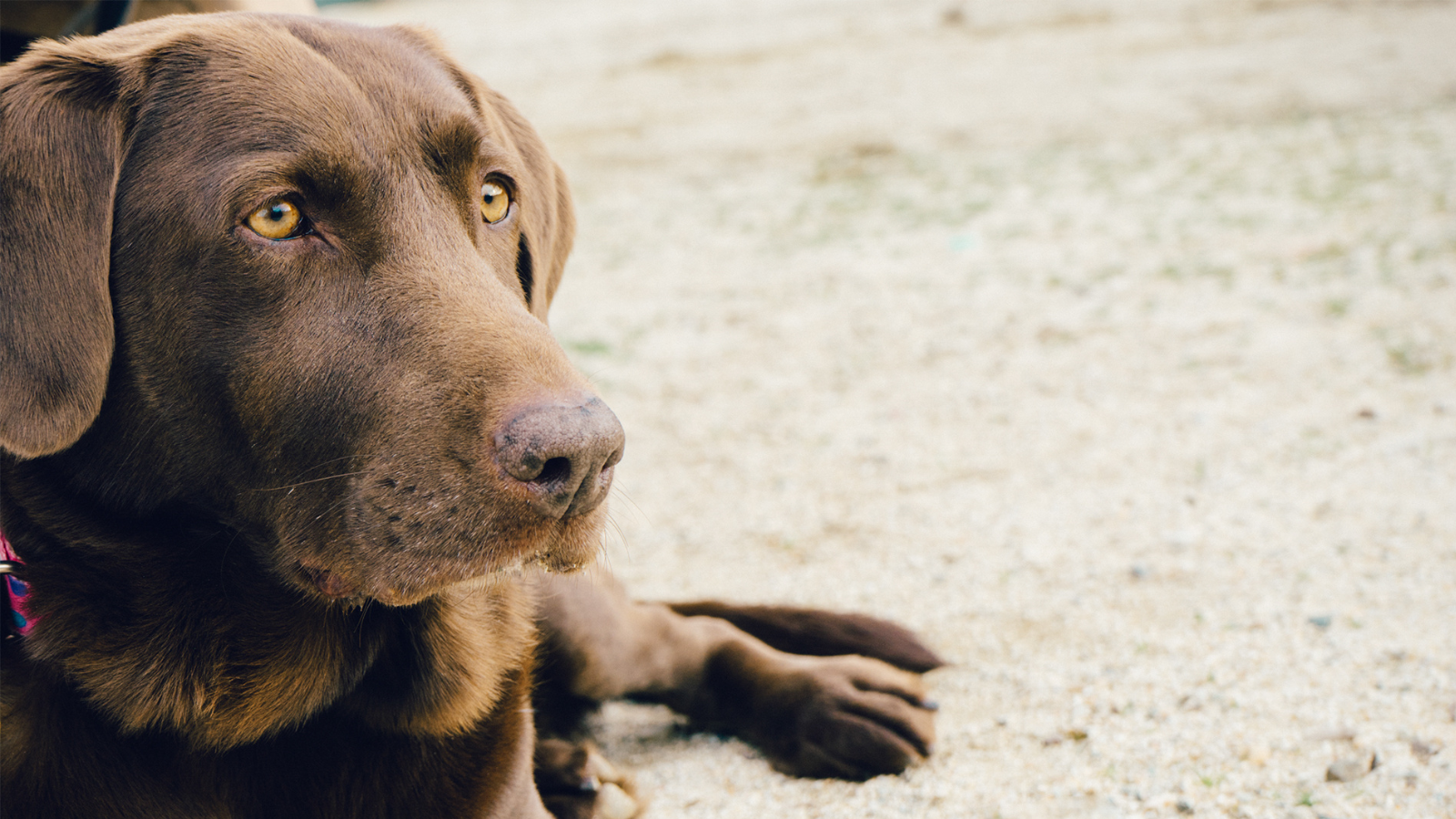Think of your pet’s ideal weight like a hidden health superpower. A healthy weight keeps pets energetic and mobile for life’s adventures. Extra pounds can sneak up quietly, making a healthy pet overweight and then obese. In honor of National Pet Obesity Awareness Day this October, MyVet in Chesapeake wanted to take a look at how to tell if your pet is overweight and what pet owners can do about it.
Pet Obesity in the United States
According to a 2024 study conducted by the Association for Pet Obesity Prevention, 35% of dog owners and 33% of cat owners stated that their pet was either overweight or obese. The actual percentage of pets is thought to be over half of all cats and dogs. Often, pet owners don’t even realize there’s a problem because weight gain happens gradually. But even a few extra pounds can increase the risk of joint issues, heart problems, and other serious medical conditions in pets.
How to Tell If Your Pet Is Overweight
You Can’t Easily Feel Their Ribs. Gently run your hands along your pet’s sides. You should be able to feel their ribs without pressing hard, like touching the back of your hand. If you feel a thick layer of fat instead, they may be overweight.
No Visible Waist or Tuck. From above, your pet should have a visible waist (an inward curve behind the ribs). From the side, a tummy “tuck” should be noticeable. A flat or rounded silhouette usually signals excess weight.
They Tire More Quickly. Short walks, playtime, or stairs might become difficult. If your pet is slowing down for no clear reason, excess weight could be a factor.
Their Collar or Harness Feels Tight. If your adult pet’s gear has needed frequent loosening, it could be due to weight gain.
You’ve Looked at a BSC Chart. A Body Condition Score chart is a tool that veterinarians use to see if your pet falls within a healthy weight range. If you would like to try one out for yourself, the World Small Animal Veterinarian Association has one available for cats and for dogs.
Your Vet Says So. If your vet has told you that your pet is overweight or obese, trust their judgment. They are experienced in recognizing weight issues in cats and dogs of many breeds and ages.
Steps For Pets to Reach a Healthy Weight
Before starting any weight loss plan for your pet, it’s important to rule out underlying health conditions like thyroid disorders or metabolic issues. Schedule an appointment with your veterinarian. They will perform a physical assessment and determine what diagnostics, if any, are necessary. Once our pet has been diagnosed as overweight or obese, the vet will discuss a safe weight loss plan.
Some other basic tips for pet weight loss after consulting with a veterinarian are:
- “Eyeballing” your pet’s food is a common mistake. Use a measuring cup or food scale.
- Cut back on treats if they are given out frequently. Consider swapping in healthy options like pet-safe veggies.
- Add activity gently for sedentary pets. Start with short walks, indoor games, or puzzle toys. Gradually increase intensity based on your pet’s ability and interest.
Weight Management for Pets in Chesapeake, VA
Pet obesity is a health risk. With the right plan, your dog or cat can shed the extra weight. MyVet in Chesapeake has veterinary weight management for pets from Virginia Beach, Norfolk, Chesapeake, and nearby Virginia areas. Wondering if your pet is overweight? Schedule a wellness visit with MyVet in Chesapeake.

